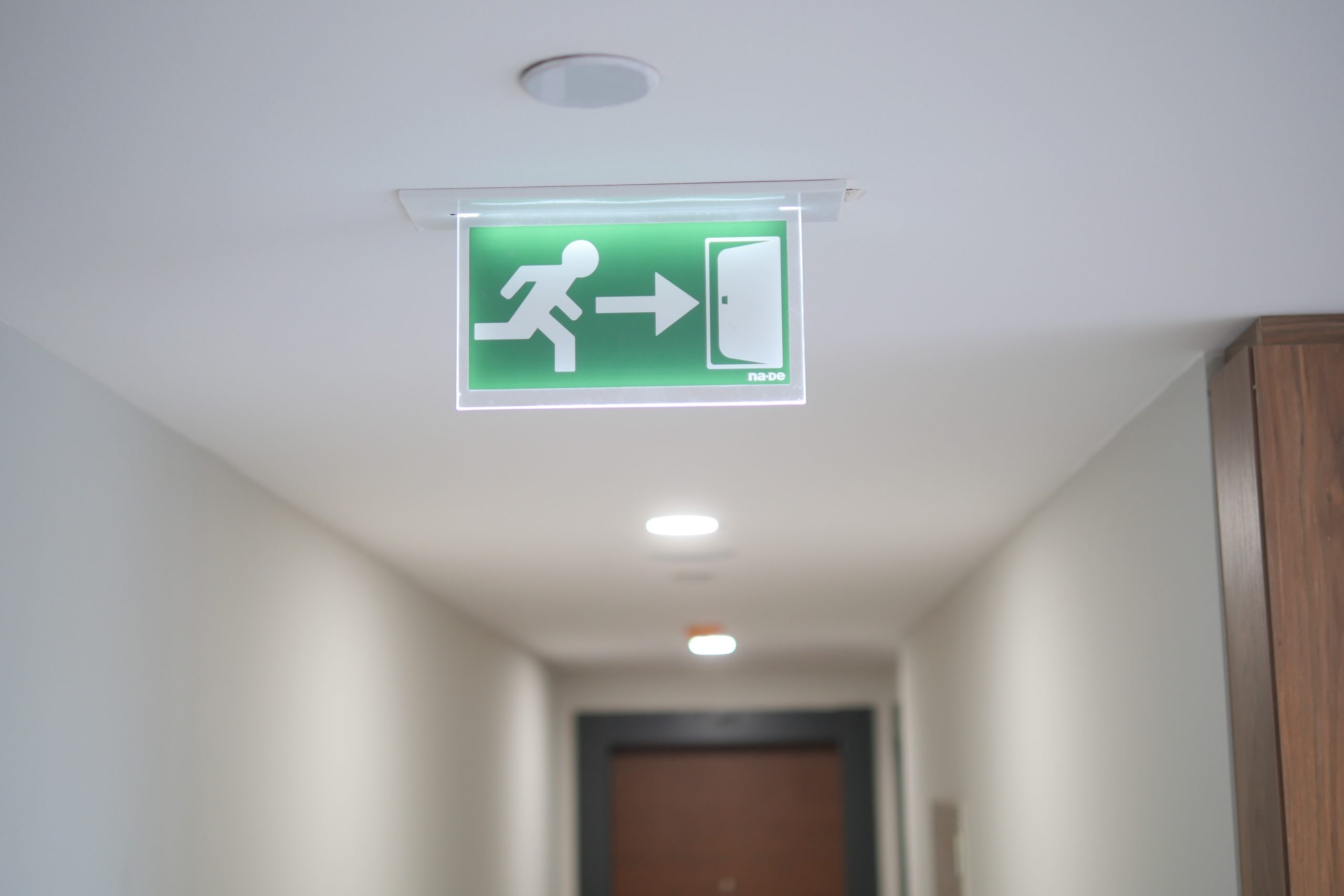In Glenfield Park and Wagga Wagga, responsible business owners are always seeking ways to improve the safety and security of their workplaces. One aspect that is often underestimated, yet crucial, is electrical safety – an essential component of any secure working environment. A focus on electrical safety not only fosters employee well-being but also minimises the potential risks of damage, injury, or even fatalities resulting from electrical hazards. In 2024, it is more crucial than ever to enhance the safety standards at your workplace by implementing efficient electrical safety practices and regular maintenance.
This comprehensive listicle will provide Glenfield Park and Wagga Wagga business owners with ten valuable insights and actionable tips to help maintain electrical safety at their workplaces. We will cover various aspects crucial to the safe and smooth functioning of your working environment, from adopting preventative measures and equipment maintenance to safety switch installations and exit and emergency lighting.
1. Implement Regular Electrical Safety Inspections
Proactive electrical safety inspections are critical in preventing potential hazards. These inspections should be conducted by qualified electricians at least once a year or more frequently, depending on the size and nature of your business. Regular inspections can identify:
– Faulty wiring or damaged cables
– Overloads on electrical circuits
– Inadequate earthing and bonding
– Ineffective safety switches
– Malfunctioning exit and emergency lighting
2. Install Safety Switches and Circuit Breakers
Safety switches, also known as Residual Current Devices (RCDs), are essential in protecting employees from electrical shocks by cutting off power supply when they detect a current leakage. Install safety switches on all circuits and test them regularly to confirm their functionality. Also, ensure that circuit breakers are in place to protect electrical circuits from being overloaded or short-circuited.
3. Maintain Exit and Emergency Lighting Systems
Adequate exit and emergency lighting are vital for guiding employees and guests to safety during power outages or emergencies. Businesses should:
– Inspect and test emergency lighting systems every six months
– Check that exit signs are illuminated and clearly visible
– Replace faulty bulbs and batteries immediately
4. Test and Tag Electrical Equipment
Regular testing and tagging of electrical appliances are necessary for maintaining workplace safety and compliance with Australian safety standards. It involves inspecting, testing, and labelling appliances for functionality and safe use. The frequency of testing varies depending on the environment and type of equipment but generally should be conducted every 3 to 12 months.
5. Employ Proper Cable Management Solutions
Untidy and improperly managed cables greatly increase the risk of electrical accidents. To maintain a safe working environment:
– Organise cables using cable trays, conduits, or ties
– Use appropriate cable guards for floor cables
– Regularly inspect for damaged cables and replace them immediately
6. Utilise Appropriate Electrical Devices for Specific Work Environments
Certain work environments demand specialised electrical equipment. For example, businesses operating in damp or wet conditions should only use devices specifically designed for such environments, including weatherproof power outlets and cords.
7. Educate Employees on Electrical Safety
Awareness and training are essential for fostering a safety-conscious workplace. Providing seminars and workshops on electrical safety, hazard identification, and emergency response can equip employees with the necessary knowledge and skills to prevent accidents and respond appropriately to incidents.
8. Conduct Periodic Maintenance and Repair
Regular maintenance of electrical systems, equipment, and appliances is paramount for workplace safety and efficiency. This involves routine checks, servicing, repairs, and replacing outdated devices. Proper documentation of all maintenance work promotes accountability and allows for better tracking of potential hazards.
9. Encourage Proper Use of Electrical Equipment and Appliances
Establishing safe practices for electrical equipment usage can significantly minimise workplace incidents. Implement guidelines for employees that cover aspects such as:
– Turning off appliances when not in use
– Avoiding overloading power outlets
– Immediately reporting faulty equipment
10. Designate an Electrical Safety Officer
Appointing a dedicated staff member to oversee and manage electrical safety within the workplace can effectively address concerns and improvements. This should be someone well-versed in electrical systems and safety protocols, providing a clear point of contact to ensure ongoing safety efforts.
Ensuring a safe working environment should be a top priority for every business. By implementing these ten electrical safety tips, Glenfield Park and Wagga Wagga business owners can foster a safe and secure workplace while reducing potential risks and accidents.
If you need support with workplace electrical safety solutions or consultations with a commercial electrician, let our team of experienced professionals at Riley Smith Electrical guide you through the necessary steps. We are committed to providing top-quality electrical services, prioritising the safety and satisfaction of our Glenfield Park and Wagga Wagga clients. Contact us today to discuss your electrical safety needs and explore how we can help make your business a safer place to work.

